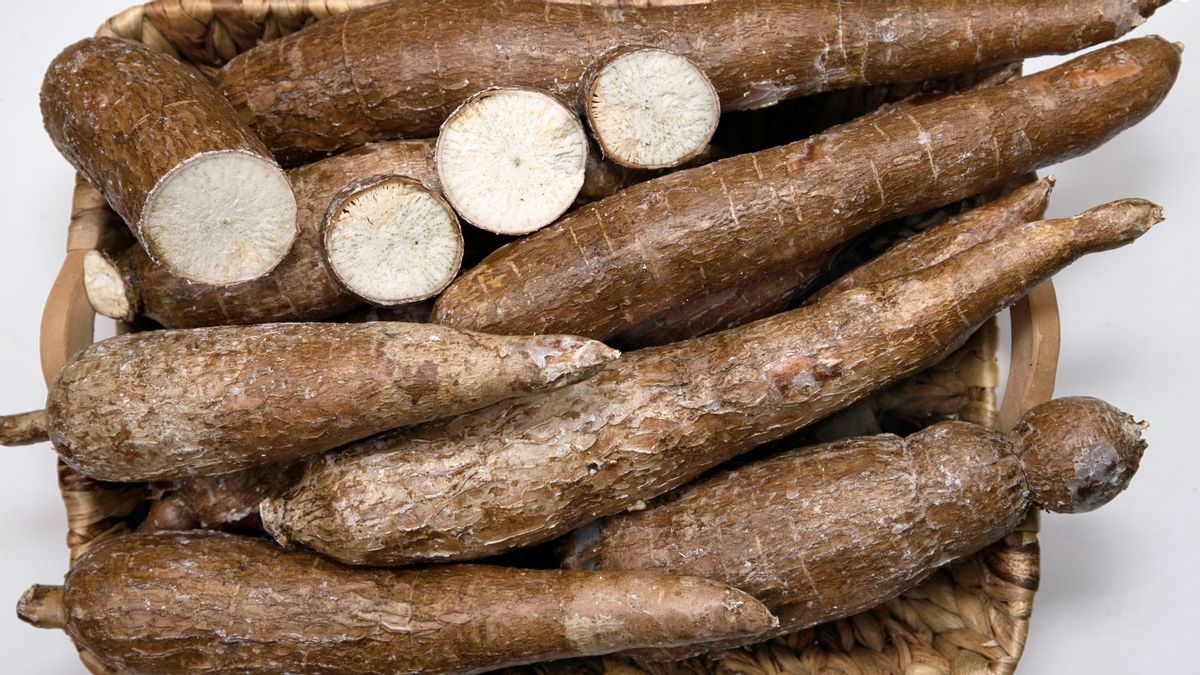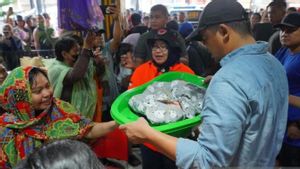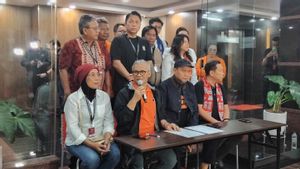JAKARTA - Researcher and historian who graduated from the Faculty of Cultural Sciences, University of Indonesia Christopher Reinhart revealed that the cassava, which has been known as traditional Indonesian food, was brought to this country from Peru in 1850 by the Dutch Colonial government.
This is one of Reinhart's findings through his ongoing research on alternative food in Indonesia during the Dutch colonial period and this study is planned to be completed in 2024.
"Singkong was only introduced to Indonesia in the 1850s, brought from Peru by the Dutch Colonial Government. It was first planted in Maluku," he said on the sidelines of a public discussion themed "They Recurrence of History in the Relevance of the Current" in Jakarta, reported by ANTARA, Thursday, December 14.
Maluku at that time, added Reinhart, was limited to being the location of the experiment. From there, only then was the cassava produced and distributed massively on the island of Java, which at that time was experiencing a rice and hunger crisis due to the forced cultivation system. However, there has been no answer regarding the reasons for the selection of Maluku as the location of the experiment.
Then, speaking of the reason the Colonial government chose a cassava and brought it to Indonesia, this is because it reflects on Spain's success in making it an alternative food in Peru.
According to Reinhart, the Dutch colonial government until the 20th century saw indicators of an area experiencing a food crisis or hunger with cassava. The Dutch at that time did not think about other alternative food options, nor did they consider local people to like it or not.
On the other hand, the Netherlands, which was affected by the success of the revolution in France and England, sees cassava as low-end food, so they think it is appropriate to give it to people in colonies.
"This is for colonizers, I just take the bad ones. That's why cassava was taken. Because at that time, corn, for example, was also used as an alternative, but corn was also used in Europe. Europe also eats corn," explained Reinhart, who also said that it was not limited to food, similar views also apply to clothes and other things.
However, Reinhart referred to several archives that revealing the introduction of cassava in Java was not very successful at first because local people did not like cassava.
SEE ALSO:
Singkong baru mengalami puncak popularitas waktu periode penominasan Jepang karena saat itu sudah tidak ada makanan lagi.
"(Singkong) was only famous in the 1940s. Throughout the first 1850 it was introduced until the end of colonialism, the cassava was not very famous. It was only the period Japan,booming, Tiwul and so on," said Reinhart, who has published 19 articles and journals about Indonesian history.
In order to strengthen this finding, he said, at the relief at Borobudur Temple which tells of Indonesian food, there is no cassava between food such as jackfruit and bananas.
"In the relief of Borobudur which tells about the original Indonesian food there is no (singkong). There are jackfruit, bananas, asem, but there are no cassava. Chili also doesn't exist because new chilies come," he said.
The English, Chinese, Japanese, Arabic, and French versions are automatically generated by the AI. So there may still be inaccuracies in translating, please always see Indonesian as our main language. (system supported by DigitalSiber.id)
















